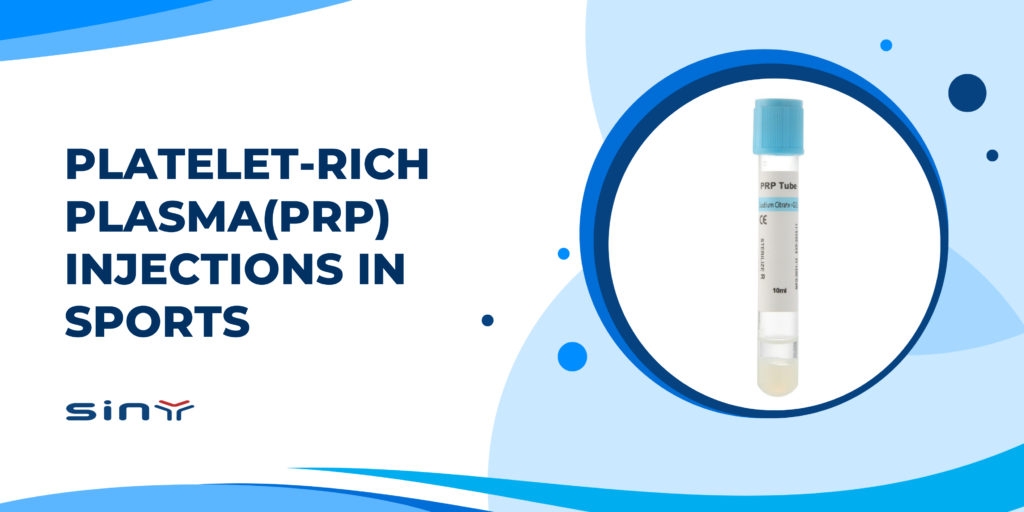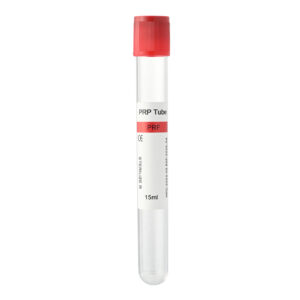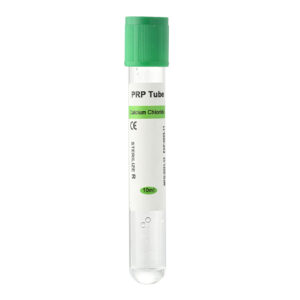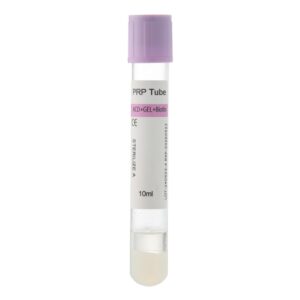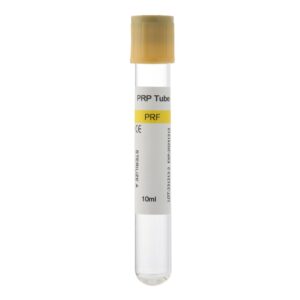In the field of modern sports medicine, Platelet-Rich Plasma Injections in Sports have emerged as a highly regarded treatment method, especially known for accelerating recovery from injuries, relieving pain, and slowing down degenerative processes. This therapy, derived from the patient’s blood, is reshaping traditional recovery pathways.
What Are Platelet-Rich Plasma Injections?
Platelet-Rich Plasma (PRP) is obtained by drawing the patient’s venous blood and concentrating the platelets through centrifugation. Compared to standard plasma, PRP contains a significantly higher concentration of platelets and growth factors such as PDGF, TGF-β, and EGF. These bioactive components play critical roles in tissue repair, cell regeneration, and inflammation control.
PRP injections deliver this platelet-rich solution directly into the injured or degenerated area—such as tendons, ligaments, or cartilage—stimulating the body’s natural healing response.
How PRP Works in Sports Injury Treatment
Sports-related tissue damage often involves inflammation, cell degradation, and impaired microcirculation. Platelet-Rich Plasma Injections in Sports help address these issues through multiple mechanisms:
- Stimulating tissue regeneration by activating local stem cells and repair cells;
- Reducing inflammation via modulation of inflammatory mediators;
- Improving microvascular circulation, enhancing oxygen and nutrient delivery;
- Accelerating recovery time by promoting faster soft tissue healing, allowing athletes to return to training or competition sooner.
Common Sports Injuries Treated with Platelet-Rich Plasma
Currently, Platelet-Rich Plasma Injections in Sports are commonly used to treat:
- Tendinopathies: Tennis elbow, golfer’s elbow, jumper’s knee (patellar tendinitis);
- Ligament sprains and partial tears: Ankle and knee ligaments;
- Cartilage injuries and early-stage osteoarthritis: Especially common in load-bearing joints like the knee or shoulder.
- Muscle strains and tears: PRP enhances muscle fiber repair;
- Post-surgical recovery: Helps improve tissue integration and healing quality after orthopedic procedures.
Doctors often consider PRP when conservative treatments (such as physical therapy or pain medications) fail or when they do not recommend surgery as the first option.
PRP Treatment Process and Considerations
Blood Collection and Processing
Medical staff draw blood from the patient and process it using specialized PRP tubes and medical centrifuges to isolate the platelet-rich plasma.
Pre-Injection Evaluation
The physician identifies the injury site using imaging tools such as ultrasound or MRI.
Injection Procedure
PRP is precisely injected into the target area, often under ultrasound guidance in a sterile clinical setting.
Post-Treatment Care
Patients are advised to avoid strenuous activities for 24 hours and may use cold compresses to reduce discomfort. Mild swelling or pain is common and typically subsides within a few days.
Treatment Schedule
Healthcare providers typically recommend one to three sessions, spaced 2–4 weeks apart, depending on the individual’s response.

Clinical Evidence Supporting Platelet-Rich Plasma Effectiveness
A growing body of research supports the effectiveness of PRP in treating sports-related injuries:
- Randomized controlled trials have shown that PRP is more effective than placebo in managing chronic tendinopathies.
- PRP has demonstrated positive outcomes in patients with early-stage joint degeneration.
- Although study results vary, the overall trend indicates significant improvements in pain reduction and functional recovery.
It’s important to note that results may vary depending on platelet concentration, individual physiology, injection technique, and centrifugation protocols.
Is Platelet-Rich Plasma Injection Safe?
Since Platelet-Rich Plasma Injections in Sports use the patient’s blood, allergic reactions or immune rejection are extremely rare. Common side effects include:
- Mild swelling, redness, or discomfort at the injection site;
- Temporary low-grade fever or soreness;
- Rare risk of infection, often associated with improper technique or hygiene.
Choosing certified clinics and using CE- or ISO-approved PRP kits can greatly enhance safety and treatment outcomes.
FAQs
Q1: How soon will I see results after PRP injections?
Most patients begin to feel relief within 1–2 weeks. Peak results are often observed after 3–6 weeks.
Q2: Is PRP suitable for everyone?
Patients with active infections, autoimmune disorders, or blood-related conditions may not be good candidates. Medical evaluation is necessary.
Q3: Can PRP injections be repeated?
Yes, multiple injections are possible with proper spacing (usually 2–4 weeks), as advised by your physician.
Q4: How does PRP compare to hyaluronic acid injections?
PRP focuses on tissue regeneration, while hyaluronic acid primarily provides joint lubrication. Each has its place depending on the condition.
Summary
As the demand for non-surgical solutions grows, Platelet-Rich Plasma Injections in Sports are becoming a key tool in sports injury management. PRP offers a safe, regenerative approach that supports quicker recovery and long-term tissue health.
Whether you’re a professional athlete, a fitness enthusiast, or an older adult dealing with joint wear, PRP may be a beneficial option worth discussing with a sports medicine specialist.
To learn more about PRP treatment kits, centrifuge systems, or technical support, please visit the Siny PRP or Siny Medical websites.

